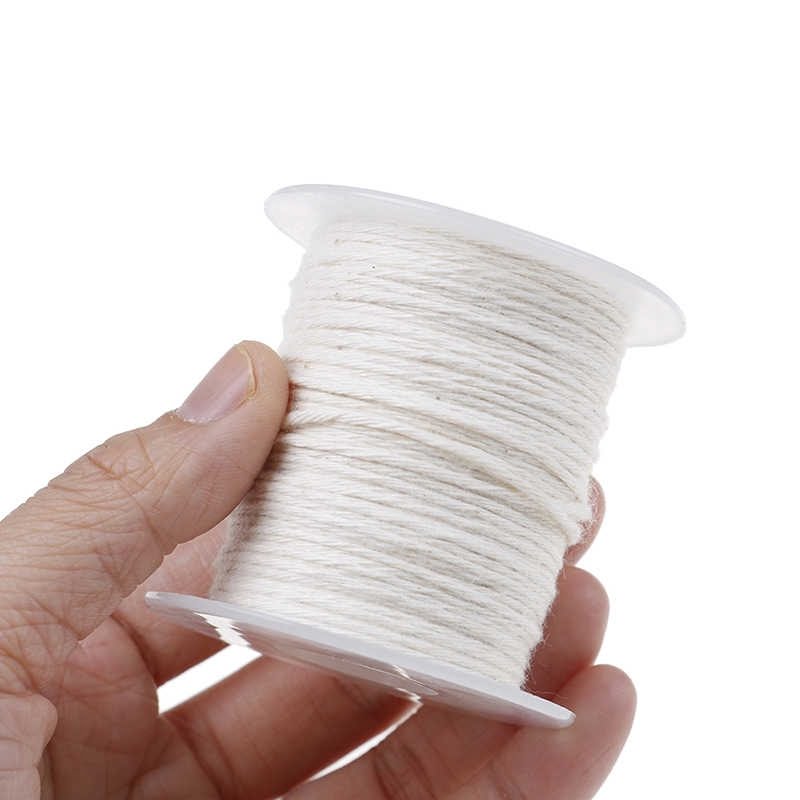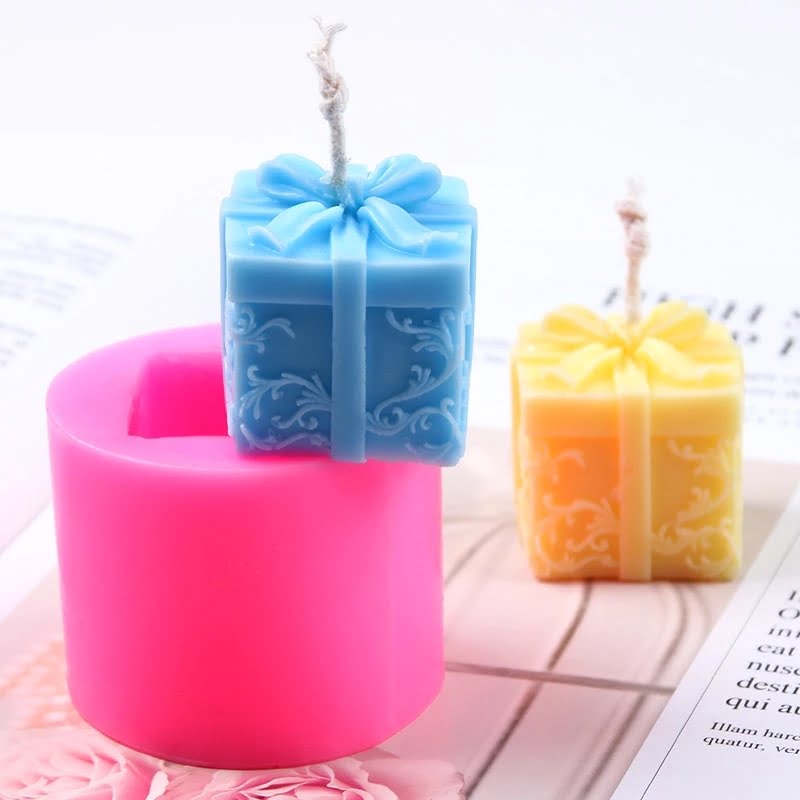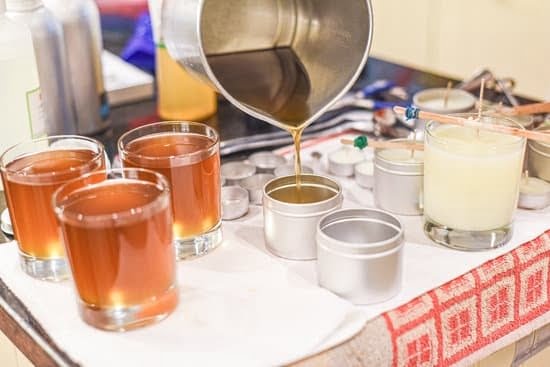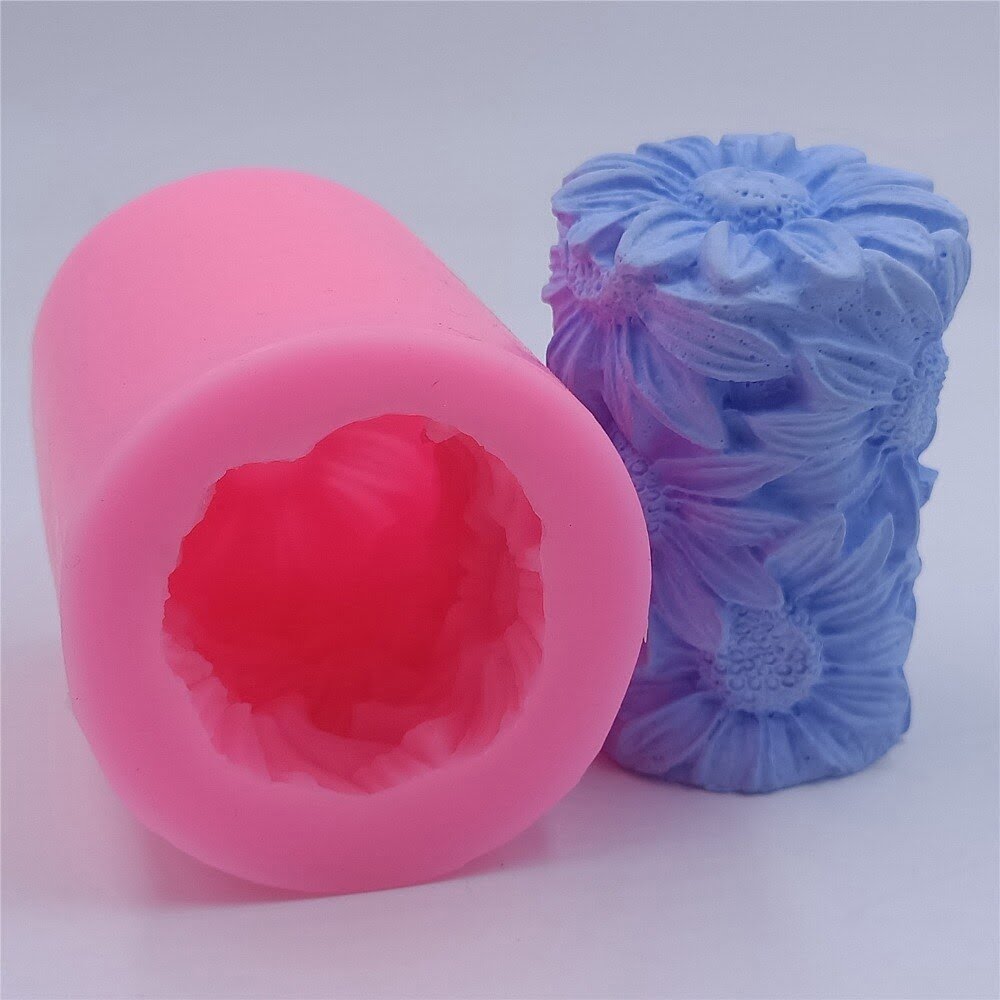Introduction
Tallow is a rendered form of animal fat, made from the fatty deposits of cows or sheep. It is used in soap, candles and lubricants, among other things. Historically, it was also used for cooking and as fuel to light lamps and candles. The use of tallow dates back to ancient times; archeological evidence suggests that it has been used since at least 2300 BC in the Near East. During Middle Ages, it was a popular substance for economic and social reasons; tallow making craftsmanship was widespread throughout Europe. Tallow was easier to come by than beeswax or vegetable oils, which were more scarce and expensive materials traditionally used for candle-making. As such, tallow provided an affordable option for lighting homes during winter months when households had limited access to other kinds of fuels or lighting sources. In addition to being a source of fuel for light, tallow has numerous health benefits due to its high concentrations of certain vitamins and minerals like Vitamin A, iron and zinc. Today, the production process involved in creating tallow from animal fats is still largely similar although modern technologies have improved upon it greatly and allowed us access to a wide range of products created with this versatile material.
Historical Use of Tallow in Candle Making
Tallow is a type of rendered fat that is traditionally made up of animal fat, usually from cows or sheep. Historically, it was the fat of choice when making candles, as it produces a much longer and brighter light with a beautiful golden hue. It has been used for candles since at least the days of Ancient Egypt, where it was believed that the gods favored tallow candles.
The process for making tallow candles begins by rendering the animal fat in order to prepare it for candle-making. This involves melting it down and straining off the impurities, such as chunks of meat or bone which can alter the quality of the finished candle. Once this step is complete, fragrances and additives can be added to give them custom scents and colors before being melted and poured into molds to form their shape. They are then typically allowed to cool overnight before being removed from their molds and trimmed to size as needed. Once fully prepared and dried, they are capable of burning for hours without needing to be re-lit and produce a soft glow that many find comforting and inviting.
Another common use for tallow throughout history was in soap-making because of its high levels of fatty glycerides which allow it to be mixed with alkali salts in order to form soaps with desired properties such as medicinal benefits or specific aromas. In addition Charcoal makers used Tallow in their processes because burning tallow creates what’s called “wooden coal” which can then be processed further into more traditional forms of coal that can be used in household furnaces.
Preparing Tallow for Candle Making
When preparing tallow for candle making, there are a few important steps to take. First, the raw material should be processed. This could include cutting or grinding the tallow into smaller chunks or even rendering it in a pan over low heat until it liquefies. For larger pieces, boiling may be necessary to speed up the process and allow for further refinement.
Second, once the tallow is processed, it needs to be strained through cheesecloth to get rid of any small pieces and excess fat. Once this is done, the tallow should be heated again with waxing agents like bee wax or paraffin added to create a harder end result. These ingredients should be stirred in and combined thoroughly while heating.
Third, the mixture needs to be poured into molds and left to cool off completely before being taken out of their holders. This can take anywhere from 30 minutes up to several hours depending on how large they are. Finally, if desired the candles can be decorated with colorants or embellishments such as ribbons and feathers for a unique look!
Choosing the Right Materials for Tallow Candles
When making tallow candles, it is important to choose the right materials. Tallow is a type of rendered animal fat that has been used in candle-making since ancient times. Tallow candles are noted for their long, steady flame and low melting point. They also last longer than other types of candles, which makes them ideal for use in churches, restaurants, and homes.
When selecting a material for your tallow candles, it is important to consider both the quality and quantity of the tallow necessary for the project. The best quality tallow will come from 100% grass-fed cows or lambs and should be rendered slowly over low heat with no water added. It should also be free of any discoloration or smell. This will ensure you get an even and clean burning candle that won’t leave residues behind after being burned. If you don’t have access to high-quality grass-fed beef or lamb tallow, there are a number of sustainable and organic options available such as coconut oil or soybean oil that can also be used to make tallow candles.
The amount of tallow needed depends on the size and shape of the candles you plan to make and how much time you want to spend doing them. Generally, plan on using about one pound per finished candle if you are using standard wax molds or wicks. For more artistic shapes or colors, plan on using up to two pounds per finished candle since more layers may need to be used to build up the desired design.
Making your own tallow candles is a fun way to enjoy some alone time while creating something useful at the same time! Just remember to consider both quality and quantity when selecting your materials so that you can get the optimal results!
The Melting and Moulding Process for Tallow Candles
Making tallow (rendered animal fat) candles is a historical process that dates back centuries. It begins with rendering fat in a melting pan over a gentle flame, where the fat is slowly melted and heated until any excessive water has been cooked off. The resultant liquid should be clear and free of clumps or chunks; this will create the best quality candles. If a darker tone is desired, some beef marrow can be added to the tallow at this stage, producing a creamy color. Once all the fat is melted down and bubbles begin to form on the surface, it’s time for moulding.
Moulding tallow candles requires wooden moulds of varying shapes and sizes which have been treated with cork oil (to prevent sticking) in order to act as an easy release valve once filled with molten tallow. The mixture is then poured into these molds and allowed to cool for several hours until firm before being pulled from the mold either whole or cut into shorter lengths for traditional candle use. The end result is a luxurious pure white or creamy colored candle made from natural products”no artificial colors or fragrances needed! Tallow candles burn cleaner than other waxes making them ideal for religious ceremonies and also are very cost effective compared to other types available on the market today.
Adding Aromas and Colors to Your Tallow Candles
When making tallow candles, the aroma and color of the finished product can be enhanced in various ways. Some popular methods are adding essential oils such as lavender, rosemary or tea tree oil. These scents not only smell great but have therapeutic benefits as well. Another way to customize your candles is to add a few drops of dye made from dried and powdered fruits and vegetables that will provide color without disrupting the scent. For example, turmeric can be used to give a candle a yellow tint while raspberries can create a vibrant red color. You can also go classic and drizzle colored wax onto your candle or directly into the liquid wax before it hardens. The possibilities are endless!
Finishing the Candle with Wicks, Labeling, and other Decorations
Candles making tallow is a craft that has been practiced for centuries. Once you have gathered the necessary supplies and rendered the fat and lard, it is time to begin crafting the candle. Depending on your design, you may need to create a double boiler or other equipment to melt the tallow over low heat so it is evenly melted.
Once you have melted the tallow, add a desired amount of dye or other fragrances and stir until everything is thoroughly mixed and ready to be poured into molds or containers of your choice. Allow your candles to cool completely before removing them from their molds.
After cooling, finishing a candle requires attaching wicks, labeling them, and adding any other desired decorations such as bows, ribbons, sparkles or baubles. To attach the wicks all you will need is some heated glue gun. Simply poke holes in the top of the candle and put a small dot of glue gun onto one end of each wick before poking each end through the small hole in your candle; this should secure them nicely at both ends of your candle for burning. Once you are done with this step your candles are now ready for labeling as well as decorating according to your design scheme and desires. Finally once completely finished they will be ready to enjoy!
Key Tips for Successful Tallow Candle Making
Tallow candle making is a great way to create your own beautiful, scented works of art. With the right supplies and a bit of practice, you can make tallow candles in whatever colors, sizes, and aromas that you desire. Here are some key tips to help you be successful when making your candles.
1. Choose the Right Wax: When it comes to tallow candle making, the type of wax used is essential for success. Tallow is an animal-based fat wax so it has a low melting point and an uneven texture that gives it an interesting look. It also requires special tools such as double-boilers or candy thermometers for accurate temperature readings so it can properly melt without burning or scalding.
2. Understand Color Application: Candles use dyes in order to add color to them during the creation process. To properly apply dye, first mix the base oil with essential oils for desired scent then add a few drops of dye into the mixture and mix until blended throughout. To safely measure out temperature levels while dying there should be an additional double boiler added with its own thermometer reading and adjusted accordingly as needed during this process.
3. Wicks Should Be Chosen Carefully: Make sure the wick size corresponds correctly with the size of candle that you’re making so they perform evenly while burning instead of smoking or getting too hot at one end over another. Avoid hardwood core wicks when making tallow candles too; they produce large amounts of smoke which will cause a blackening effect on your newly made goods!
4. Keep Temperatures Low: Tallow wax melts best at lower temperatures (80°F or less) than other types of waxes like soy or paraffin waxes (typically around 125°F). Keeping to these lower levels not only helps prevent any accidents from overly heated mixtures but preserves the rich aroma from weaved into it during its creation time as well!
5. Applying Scented Oils: For adding scent, rosemary and bayberry are two popular choices that accompany tallow candles well while also maintaining their original texture and stability even after standing open air at room temperatures for extended periods of time if restocked accordingly! To get the most out aroma value put 10-20 drops for every eight ounces into your melted wax mixture before pouring into desired vessels once cooled off again – this should provide slightly stronger scents upon lighting up later!
Safety Precautions for Candle Making with Tallow
When working with tallow for candle making, it is important to take proper safety precautions to ensure you can create beautiful candles safely. First, always ensure the tallow is at the proper temperature before beginning. Tallow that has not been heated long enough may cause burns, so make sure it is hot enough before pouring it into your candle moulds. Additionally, be sure to work in a well-ventilated area so you do not inhale any fumes created by the tallow melting and burning. Lastly, wear protective eyewear and gloves when handling tallow to protect against any potential splashes or spills.
Benefits of Tallow for Candle Making
Tallow, a rendered form of beef or mutton fat, makes excellent candles when used as the main wax ingredient. Unlike other waxes, tallow is all natural and renewable. It is derived from animal resources thus making it an ecologically sustainable source of wax. The local availability of these animal sources makes tallow an affordable and accessible wax option for those looking to make their own candles.
When burning, tallow candles create an even flame that doesn’t sputter and emit large amounts of smoke like other types of candles can. This means they burn slowly while creating minimal wax residue on the sides of containers or votive holders. Their low melting point also allows them to produce a long-lasting flame with little effort in maintaining the wick’s length and direction of the burn rate.
The unique scent produced by tallow candles is often considered more pleasant than that of paraffin-based options. As a result, many candle aficionados look for tallow when selecting high-quality fragranced products or enhancing their favorite brands. Plus, since its scent is derived naturally from animals, there are no added chemicals which helps keep synthetic scents or dyes out of your home and away from allergies triggered by fragrances or chemical sensitivities.
Tallow has another economic benefit ” it hardens quickly making it easier to handle during the pouring process after being melted down in preparation for use with wicks and molds. Tallow offers just as much flexibility as other types of wax during the formation stages so it’s possible to make any shape or size candle desired, easily reshaped and adjusted if need be without extra time required for hardening before moving onto coloring or decorating due to its fast response time compared to traditional paraffin alternatives.
Conclusion
Tallow candles offer a lot of benefits over traditional wax-based candles. They are easy to make, are more environmentally friendly, have a long burn time, and create minimal smoke when lit. With just a few basic materials, you can make your own beautiful tallow candles in no time. Start by gathering ingredients like organic beef fat or tallow, wax paper, wicks, and beeswax (optional). Next, melt the tallow in a double boiler and add in the beeswax if you choose to use it. Pour the melted wax onto pre-cut sheets of wax paper and let it cool and solidify before adding the wick into each block. When everything is ready, simply light your candles and enjoy their warm glow. You’ll love the clean burning scent that your homemade tallow candle gives off! With just a bit of effort and dedication, you can easily craft your own unique tallow candles to celebrate any occasion ” or just because!

Welcome to my candle making blog! In this blog, I will be sharing my tips and tricks for making candles. I will also be sharing some of my favorite recipes.





